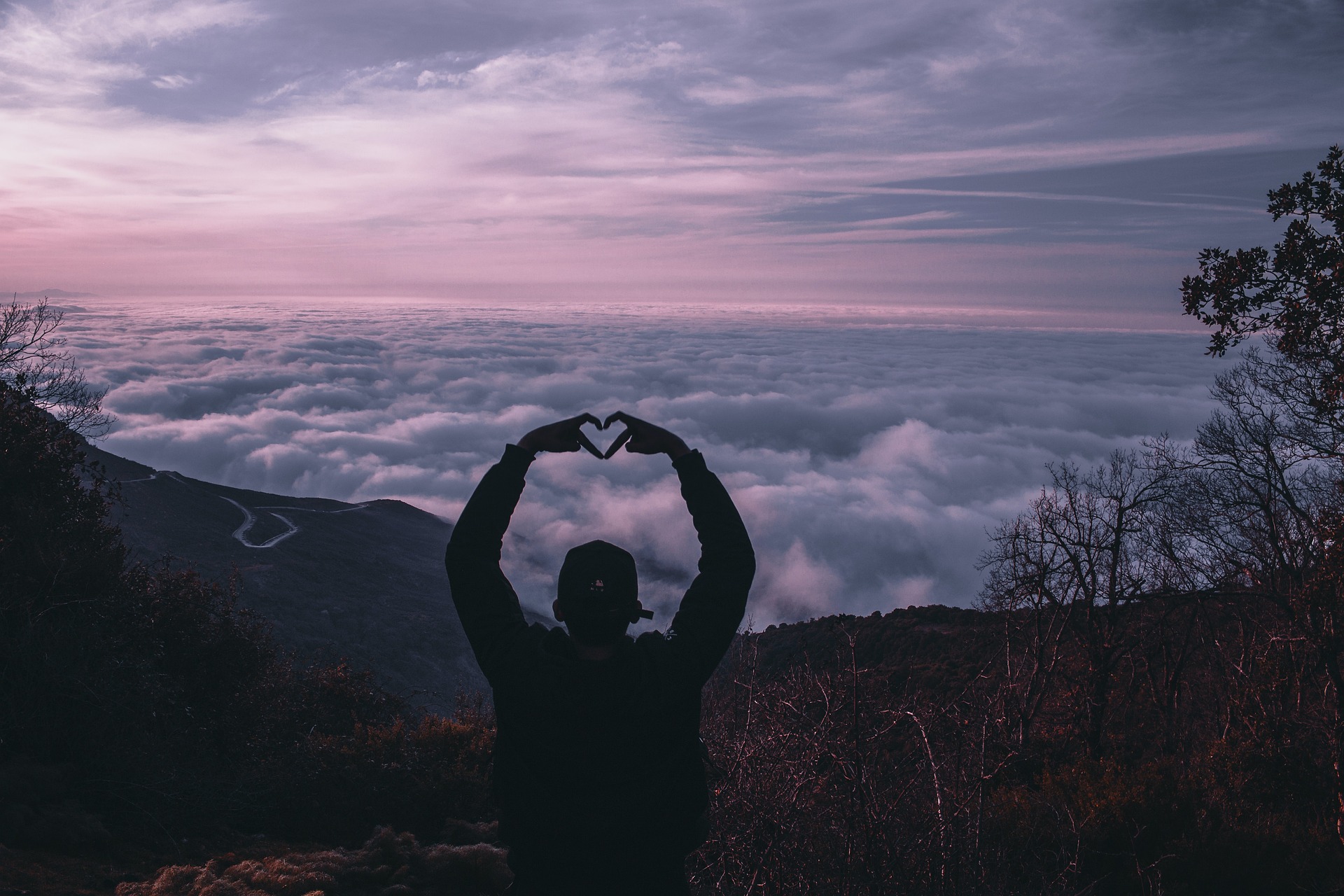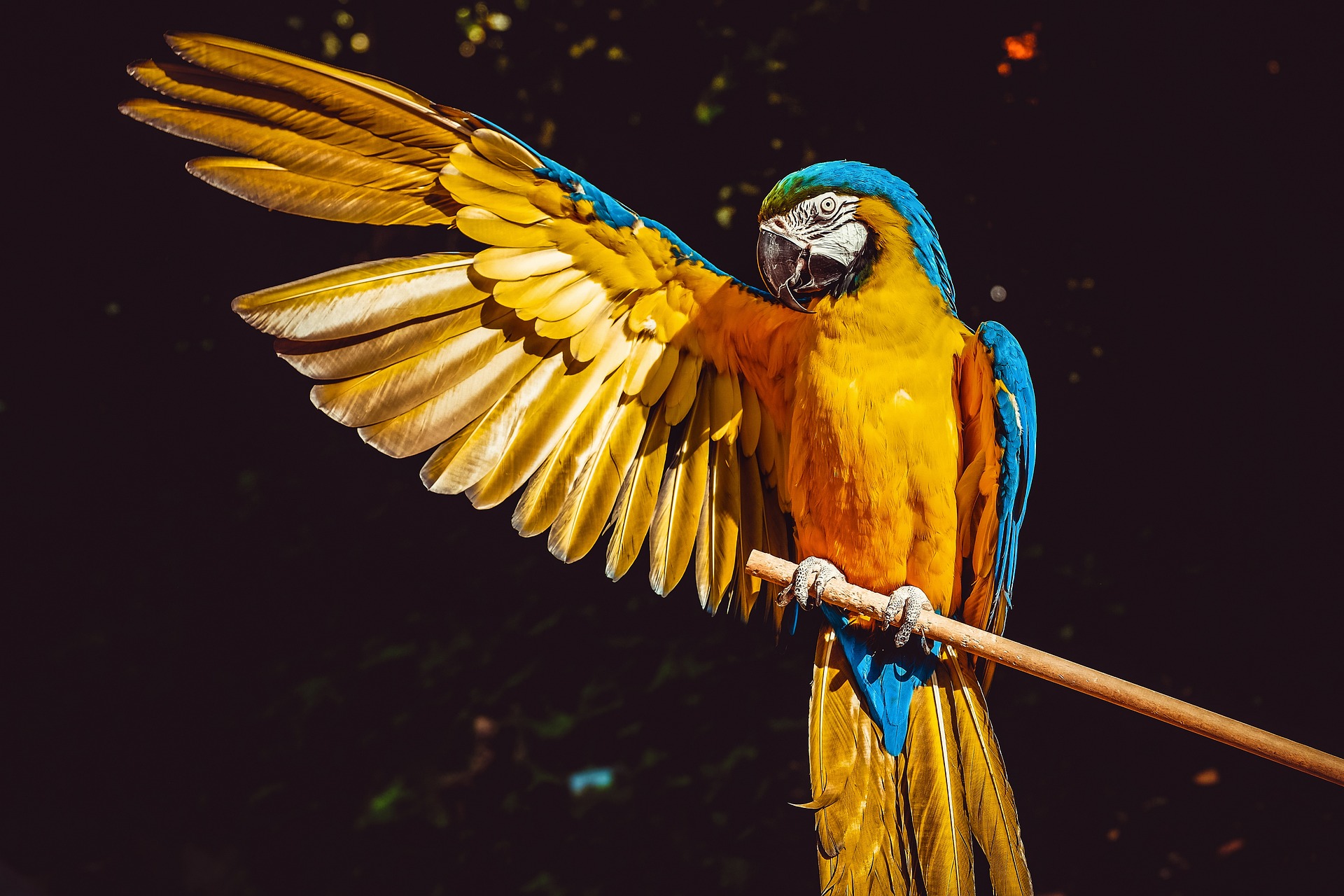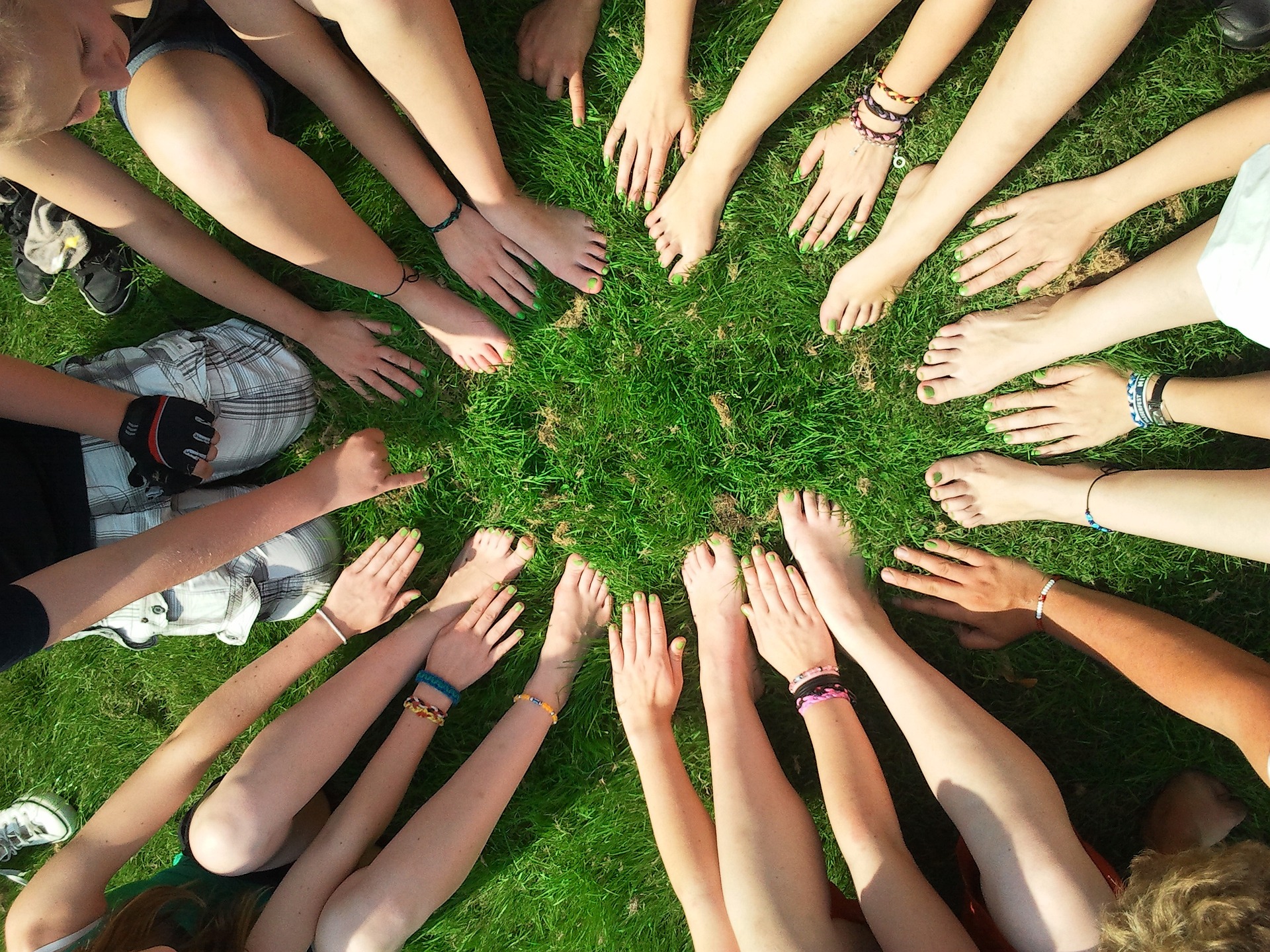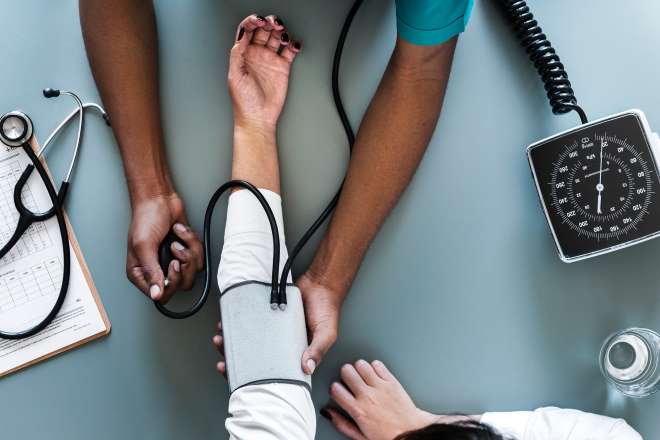The Progress and Challenges of LGBTQ+ Rights Movements
As society evolves, so too does our understanding of human rights and equality. One area that has seen significant progress, yet continues to face numerous challenges, is the LGBTQ+ rights movement. Read below to delve into this important societal issue.

Pride and Progress
The LGBTQ+ rights movement has made substantial strides in the past few decades. Historic milestones, such as the decriminalization of homosexuality, the recognition of same-sex marriage, and the increased visibility of LGBTQ+ individuals in media and politics, have marked a shift towards greater acceptance and equality. However, these achievements do not signal the end of the road.
The Struggle Continues
Despite the progress, LGBTQ+ individuals still face considerable challenges. Discrimination, prejudice, and violence remain widespread, both within and outside the community. Transgender individuals, in particular, face high rates of violence and discrimination. Further, legal protections vary widely across different regions, with some countries still criminalizing homosexuality.
The Role of Activism
Activism plays a crucial role in advancing LGBTQ+ rights. From the Stonewall Riots to modern Pride parades, public demonstrations have historically been instrumental in driving change. Activism also extends beyond these large-scale events, with individuals advocating for change in their communities, workplaces, and homes.
Understanding Intersectionality
Intersectionality - the idea that different forms of discrimination overlap and intersect - is a key concept in understanding the unique challenges faced by the LGBTQ+ community. For example, a transgender woman of color may face discrimination not just for her gender identity, but also her race. Recognizing and addressing these overlapping forms of discrimination is crucial for achieving true equality.
Moving Forward Together
Achieving equality for the LGBTQ+ community requires collective action. It’s not just about legal changes, but also about shifting societal attitudes and norms. Everyone can contribute to this effort, whether by educating themselves and others, advocating for policy changes, or simply showing empathy and support for LGBTQ+ individuals.
Useful Tips and Facts: - LGBTQ+ stands for lesbian, gay, bisexual, transgender, and queer/questioning, with the ‘+’ symbolizing the inclusion of all other sexual orientations and gender identities. - The Stonewall Riots, a series of demonstrations by members of the LGBTQ+ community in response to a police raid in 1969, are often considered the birth of the modern LGBTQ+ rights movement. - As of 2021, same-sex marriage is legal in 29 countries. - Transgender individuals are disproportionately affected by violence and poverty, with Black transgender women facing the most severe disparities.
Conclusion:
While the LGBTQ+ rights movement has come a long way, there is still much work to be done. By understanding the history, challenges, and goals of this movement, we can all play a part in promoting equality and acceptance. Let’s embrace the rainbow together, and work towards a society where everyone is free to be themselves.




